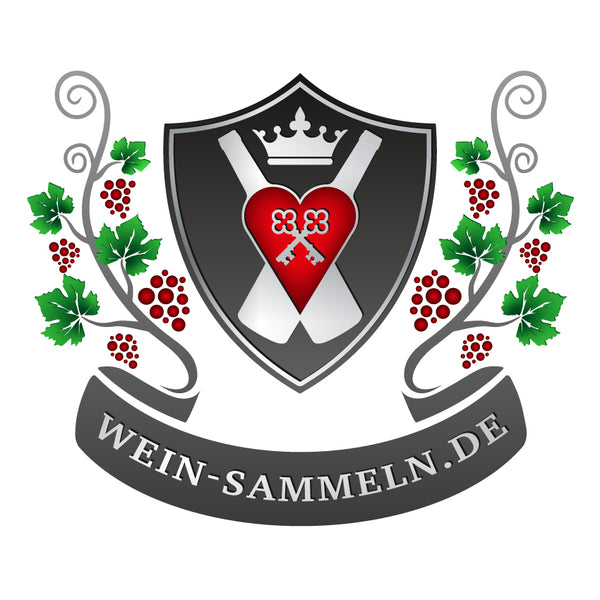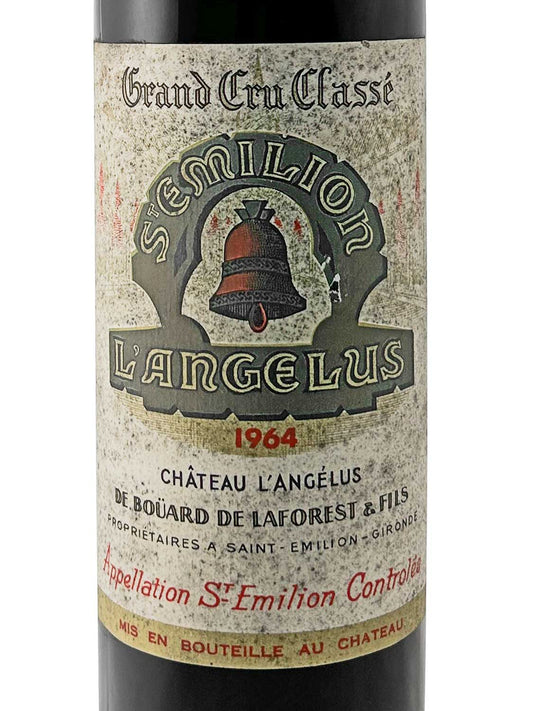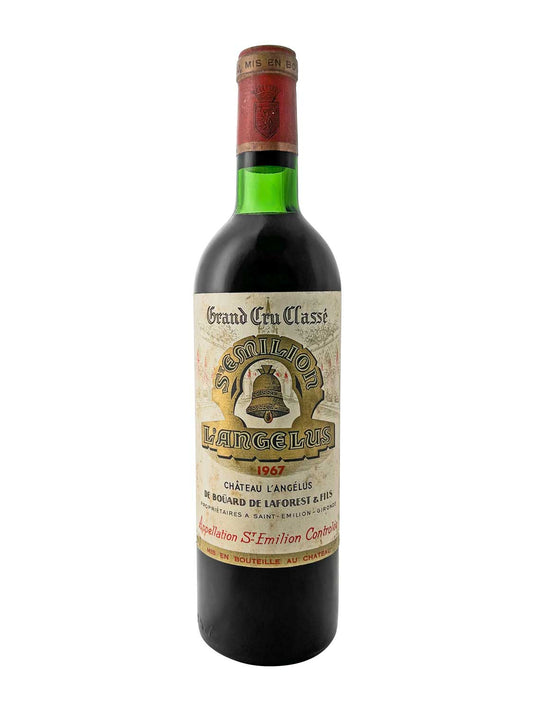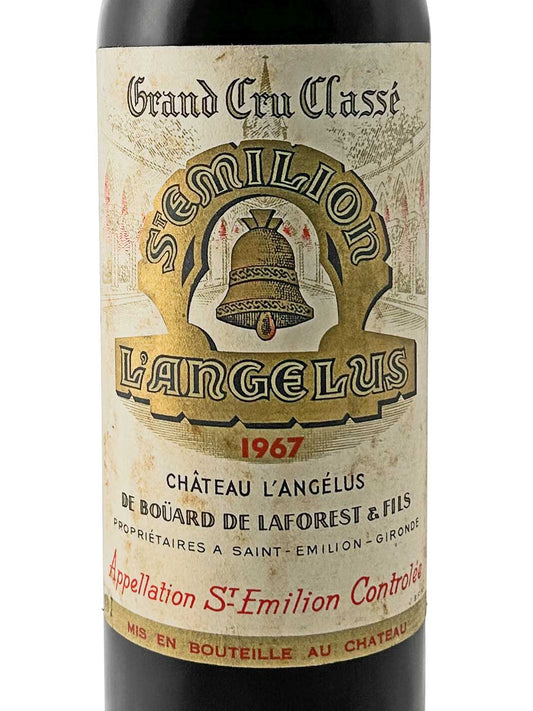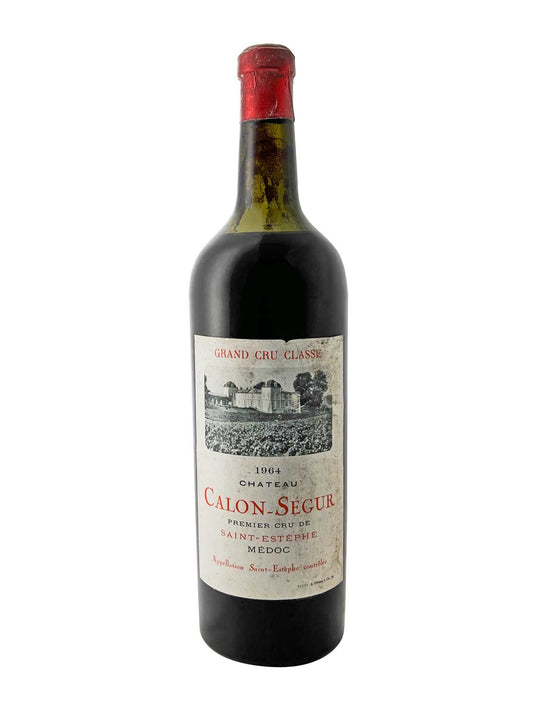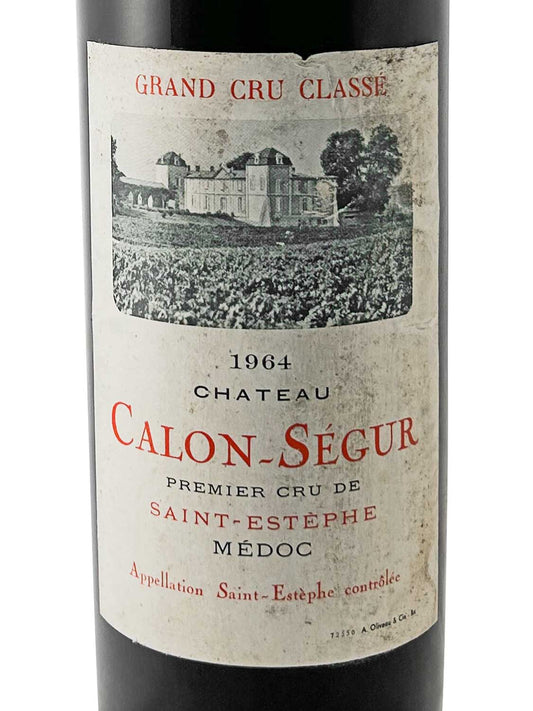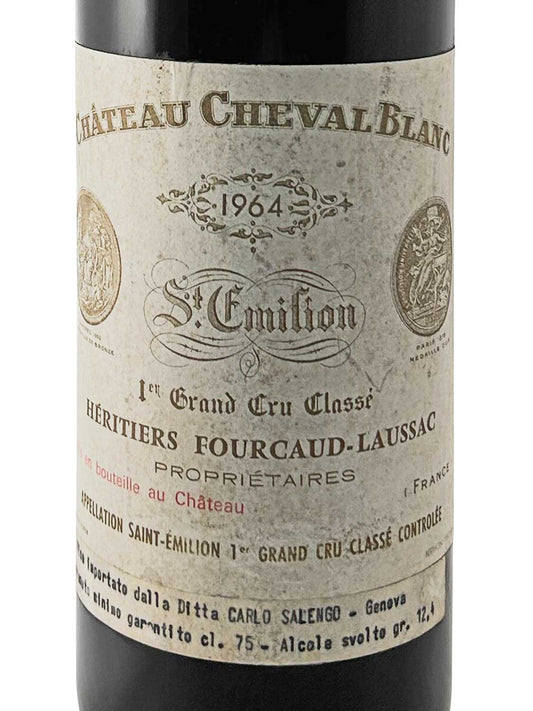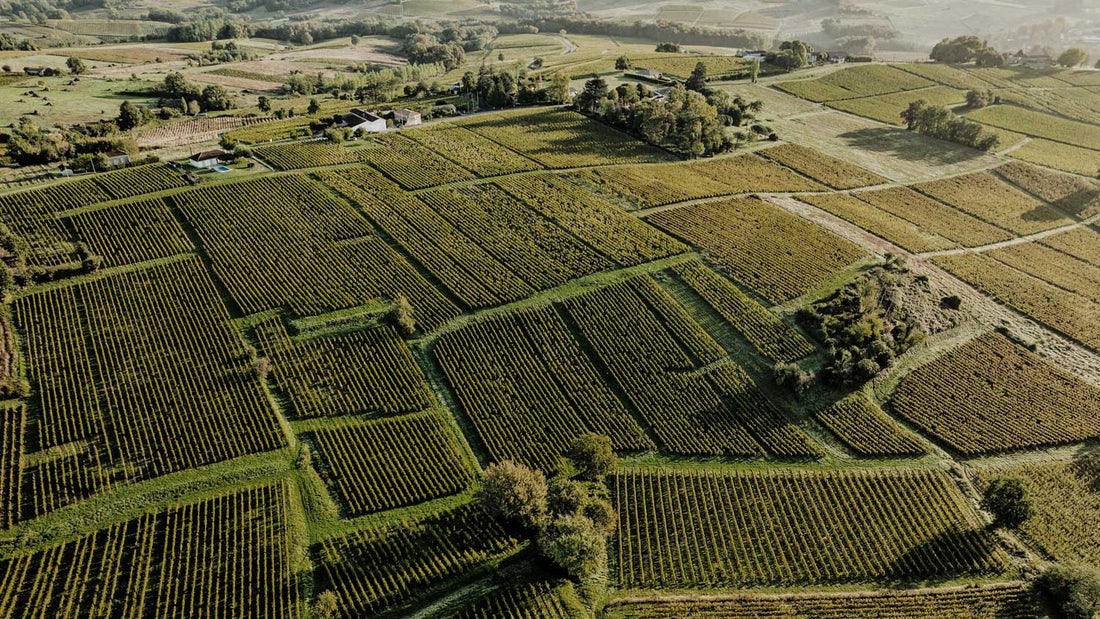
Médoc in winegrowing
Significance and characteristics of an iconic growing region
The Médoc is one of the most famous and prestigious wine regions in the world. Nestled in the heart of Bordeaux, France, this area has a long history of winemaking dating back to ancient times. The combination of ideal climatic conditions, diverse soils and a rich tradition makes the Médoc a paradise for wine collectors. In this blog post, we will explore in depth the geographical, climatic and cultural aspects of the Médoc as well as its most significant wines and wineries.
Geographical location and structure
Gironde
Gironde is a department in France and an estuary at the same time. As an estuary, Gironde forms an estuary and connects the converging rivers Garonne and Dordogne with the Atlantic Ocean.
This is Bordeaux
The city of Bordeaux is located in the Gironde department. Bordeaux is also an arrondissement - an administrative district - in the Gironde department. Bordeaux also functions as a prefecture, which serves as the administrative district of a prefect. This makes Bordeaux the main administrative center in the Gironde department. However, Bordeaux is best known among wine collectors as a wine-growing region. Bordeaux is home to renowned wineries with world-famous wines.
About the Médoc

Médoc is a peninsula in the wine-growing region of Bordeaux. Médoc is also a wine-growing region that has the status of a regional appellation. The landscape of the Médoc is characterized by rolling hills, extensive vineyards and picturesque villages. The soils vary greatly between gravel, clay and sand - a diversity that allows winemakers to grow different grape varieties and create different styles of wine.
The Haut-Médoc with its municipal appellations
Haut-Médoc is a sub-regional appellation and the second largest appellation in Bordeaux, also located on the Médoc peninsula. It covers the southern part of the peninsula. Within the Haut-Médoc wine-growing region there are six communal appellations. These are located along the left bank of the Gironde: Saint-Estèphe, Pauillac , Saint-Julien , Listrac, Moulis, Margaux . Each of these appellations has its own particularities in terms of terroir, grape varieties and wine styles.
Read also: What does appellation mean in wine?
Geographical Summary
| Gironde | department and estuary in France |
| Bordeaux | arrondissement, prefecture, city and wine-growing region |
| Médoc | peninsula, wine-growing region and regional appellation |
| Haut-Médoc | wine-growing region and subregional appellation |
| Saint-Estèphe, Pauillac, Saint-Julien, Listrac, Moulis, Margaux | wine-growing regions and municipal appellations |
climatic conditions
The climate in the Médoc is temperate maritime, which means that there are mild winters and warm summers. The proximity to the Atlantic Ocean ensures moderate temperature regulation and protects the vineyards from extreme weather conditions. These climatic conditions are ideal for growing grapes such as Cabernet Sauvignon, Merlot and Petit Verdot.
Rainfall is evenly distributed throughout the year, with the summer months tending to be drier. This allows for optimal ripening of the grapes during the growing season. In addition, the influence of the Gironde River ensures a mild microclimate in the vineyards.
Terroir: The Key to Quality
The term "terroir" describes the interaction of soil composition, climate and human influence on viticulture. In the Médoc, the terroir plays a decisive role in the quality of the wines. The gravelly soils are particularly suitable for growing Cabernet Sauvignon; they offer excellent drainage and store heat.
Different soil types can be found in the various appellations of Médoc: while Pauillac is mainly characterized by gravelly soils, Margaux has more clayey soils with a higher water storage capacity. These differences lead to varying taste profiles in the wines - from fruity and light to complex and structured red wines.
grape varieties in the Médoc
Red grape varieties such as Cabernet Sauvignon, Merlot and Petit Verdot dominate in the Médoc. Cabernet Sauvignon is the main variety in many Médoc wineries; it gives the wines structure, tannins and great ageing potential. Merlot, on the other hand, provides fruitiness and smoothness - characteristics that make many Médoc wines more accessible.
In addition to these main varieties, smaller quantities of other grape varieties such as Cabernet Franc and Malbec are also grown. These varieties add to the complexity of the blends and allow winemakers to create unique flavor profiles.
Important appellations in the Médoc
The Médoc includes several important appellations:
Haut-Médoc : This sub-regional appellation stretches south from Saint-Estèphe to Bordeaux city. It is home to many renowned wineries, such as Château Belgrave or Château la Lagune . The wines from Haut-Médoc are often fruity with a good balance between tannins and acidity.
Pauillac : Known as the heart of the Médoc, Pauillac is home to some of the world's most famous wineries - including Château Lafite-Rothschild , Château Latour and Château Mouton-Rothschild . The wines from Pauillac are characterized by their depth, complexity and great ageing potential.
Margaux : This appellation is famous for its elegant wines with floral aromas and a fine texture. Château Margaux is considered one of the best wineries in the world; its wines are often very expensive due to their high quality.

Saint-Julien : Right next to Pauillac, it produces some outstanding wines with a perfect balance between fruitiness and structure - ideal for collectors of complex red wines. Château Branaire-Ducru and Château Léoville las Cases are typical representatives of this appellation.
Saint-Estèphe : This northern appellation of the Médoc offers powerful red wines with intense aromas of black fruits and earthy notes - perfect for those who prefer robust wines. Château Montrose and Château Cos d'Estournel are typical representatives of this appellation.
Renowned wineries in the Médoc
The Médoc is home to numerous renowned châteaux (wineries) that are known not only for their high-quality wines, but also for their impressive architecture:
Château Lafite-Rothschild : One of the most famous wineries in the world; its wines are considered the epitome of elegance.
Château Latour : Known for its powerful red wines with great aging potential.
Château Mouton-Rothschild : Famous not only for its outstanding wines but also for its artistic labels.
Château Margaux : Another top winery; its elegant cuvées are sought after worldwide.
Château Pichon-Longueville Baron : Produces complex red wines with an excellent price-quality ratio.
These châteaux have not only had a significant impact on wine production in the Médoc; they have also helped to increase the region's reputation internationally.
wine production in the Médoc
Wine production in the Médoc follows strict guidelines regarding cultivation practices as well as harvesting procedures - all under the umbrella of the French AOC (Appellation d'Origine Contrôlée) system. This system ensures that only high-quality products can be sold under certain geographical designations.
The grape harvest is mostly done manually; this allows for a careful selection of ripe grapes and prevents damage during transport to the winery. After the harvest, the grapes are destemmed (the stems are removed) before being pressed - a process that can vary depending on the style (eg: whole cluster pressing).
After pressing, fermentation takes place in stainless steel tanks or wooden barrels; here the aromas and tannins develop further during aging in oak barrels (often new barrels). This process can take several months to years depending on the desired style of the final product.
Conclusion
The Médoc is more than just a wine-growing region; it is a place full of history, traditions and passionate winemaking! With its diverse soils and microclimates, this region offers ideal conditions for producing high-quality red wines, but also white wines - from the accessible Haut-Médoc to the prestigious Pauillac!
Whether you are an experienced wine collector or just getting your bearings, the Médoc has a lot to offer! On your next visit to Bordeaux, be sure to plan time to get to know this fascinating region, for example with a tasting or guided tour on site!
